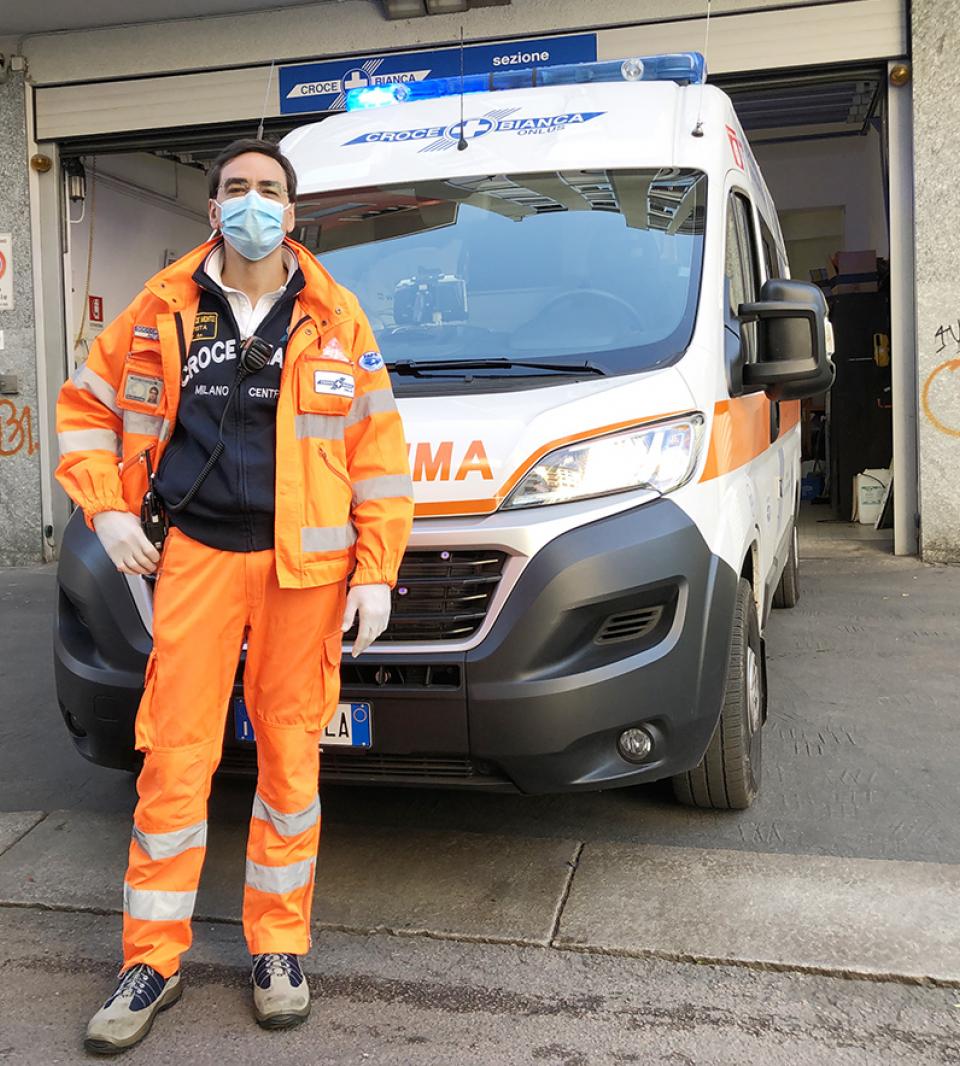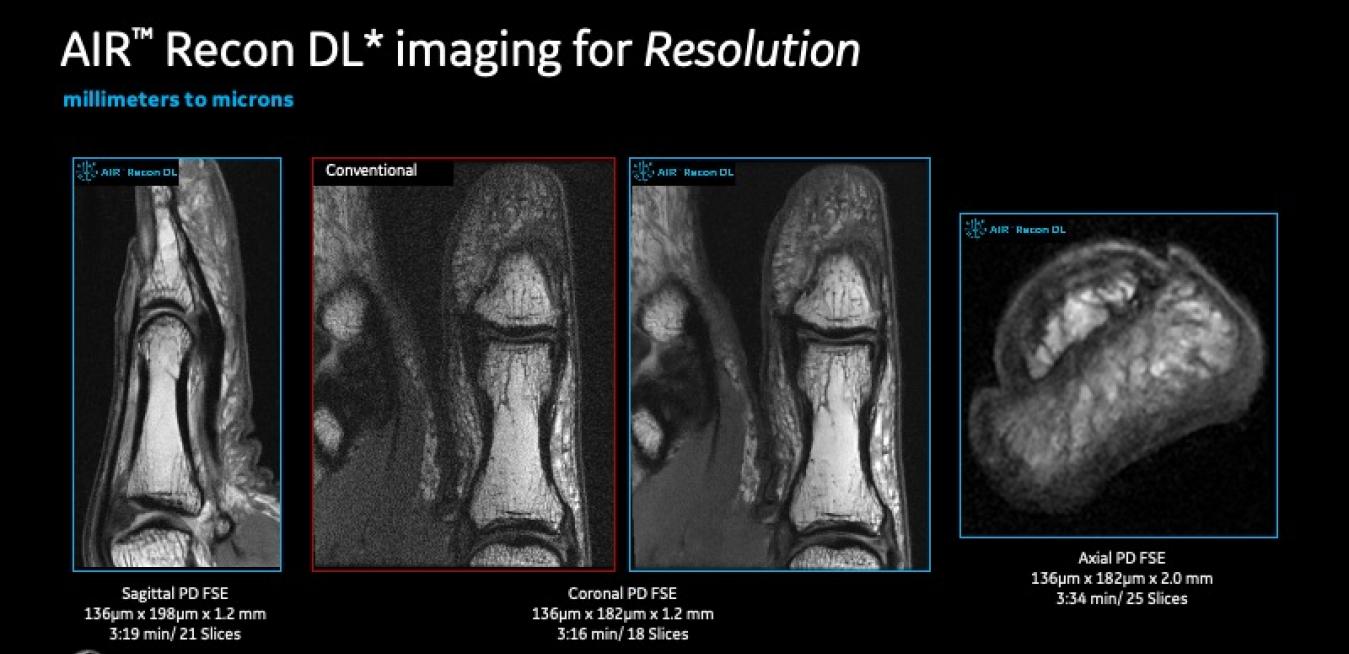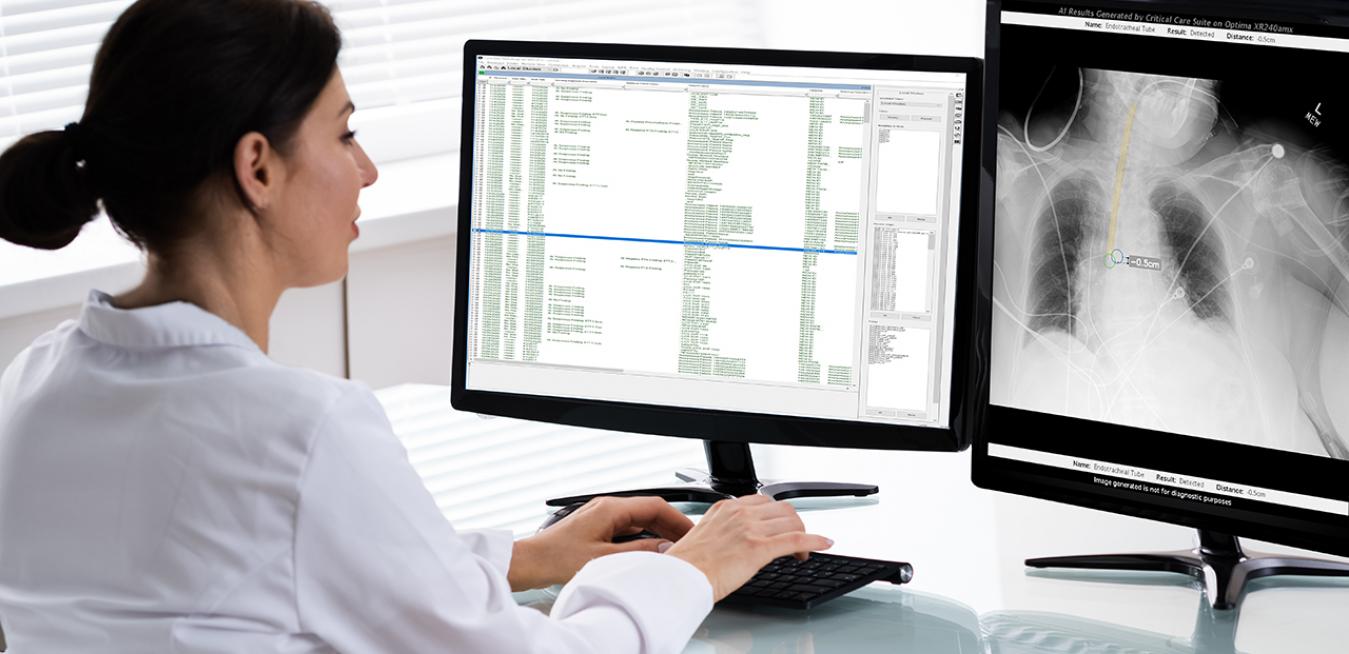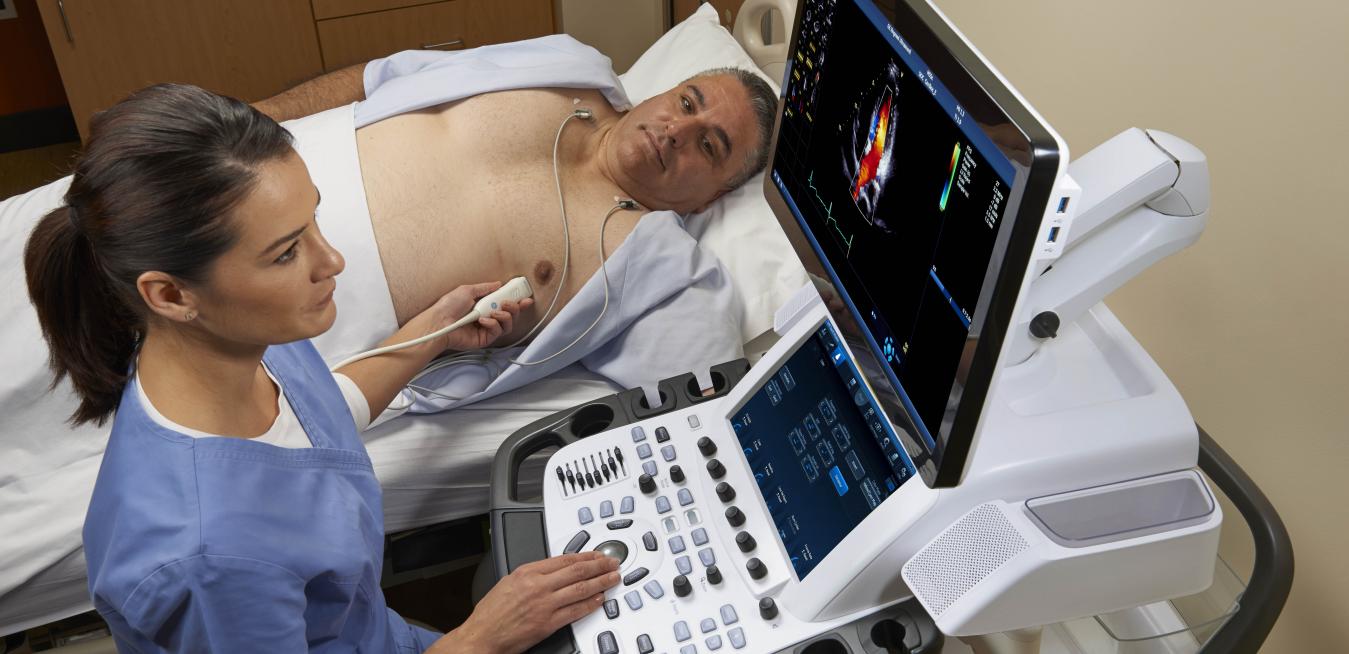GE Healthcare memiliki pengalaman lebih dari satu abad di Industri kesehatan. Panjang perjalanan di industri inilah yang membantu mengajarkan bahwa mendukung front-liners merupakanlangkah yang paling penting dalam krisis pandemi COVID-19 ini, dan inilah yang sedang dan akan terus kami lakukan.
Poland, like several of its Central European neighbors, weathered the first wave of the COVID-19 pandemic well. Until early October, the country’s hospitals were never treating more than a few thousand patients with the disease at any one time.
The coronavirus pandemic was first and foremost a healthcare crisis, but it touched every corner of the world and every sector of the economy — and drew millions of people together in the effort to turn the tide. Across GE, factories ramped up to manufacture ventilators and patient monitors needed in clinical settings to treat patients suffering from COVID-19; technicians found themselves driving halfway across the U.S.
Liz Satterfield was looking forward to her future in early 2014. She was planning a wedding with her fiancée, Heather Dooley, in Milwaukee, and she had a good job working in business development (mergers and acquisitions) at GE Healthcare.
But in February that year, a cloud moved over the bright horizon. Satterfield, 41 at the time, had always been diligent about doing at-home breast exams and getting mammograms. That winter, she discovered a lump in her breast that turned out to be stage 3 breast cancer.
Every year after Thanksgiving, tens of thousands of doctors, hospital managers, equipment manufacturers and other medical industry professionals descend on Chicago for what might be the largest healthcare gathering in the world — the annual meeting of the Radiological Society of North America (RSNA). This year, however, was different as the action took place online for the first time in its 106 years.
Pada awal masa pandemi, para petugas di sebuah panti jompo di Florida menyadari bahwa mereka menghadapi masalah serius. 10 penghuni terpapar COVID-19 pada waktu yang sama dan harus dirawat di rumah sakit. Panti harus segera mencari tempat perawatan untuk mereka.
The last time you bought a new car, you probably didn’t just write a check. You took it for a spin to see how it handles. GE Healthcare will soon offer a similar service to hospitals interested in buying its latest software powered by artificial intelligence (AI). “This is a big deal for the healthcare industry,” says Ken Denison, vice president of digital platform and product marketing at GE Healthcare. “It’s rare to have the option to quickly find things, try them and decide to buy them or not.”
Ever since the first cases of COVID-19 struck nearly a year ago, hospitals around the world have been racing to get a step ahead of the virus. They’ve become adept at sourcing and stockpiling personal protective equipment, establishing vigorous new cleaning protocols, and acquiring thousands of new ventilators. But the focus on fighting the pandemic and wanting to keep the number of people in hospitals down to lower the chance of transmission also means that standard procedures like magnetic resonance imaging (MRI) have been postponed.
Like many tasks in medicine, threading a breathing tube down a patient’s trachea requires skills, patience and steady hands. Insert the tube not far enough and the patient can throw up food into their lungs, causing infection; insert it too far and you might trigger a collapsed lung or cardiac arrest. Doctors often order a chest X-ray to make sure the tube is positioned right.
When you run a large regional hospital network with 12 hospitals spanning two states, the need to operate more efficiently is constant. Take St. Luke’s University Health Network in Pennsylvania and New Jersey.














